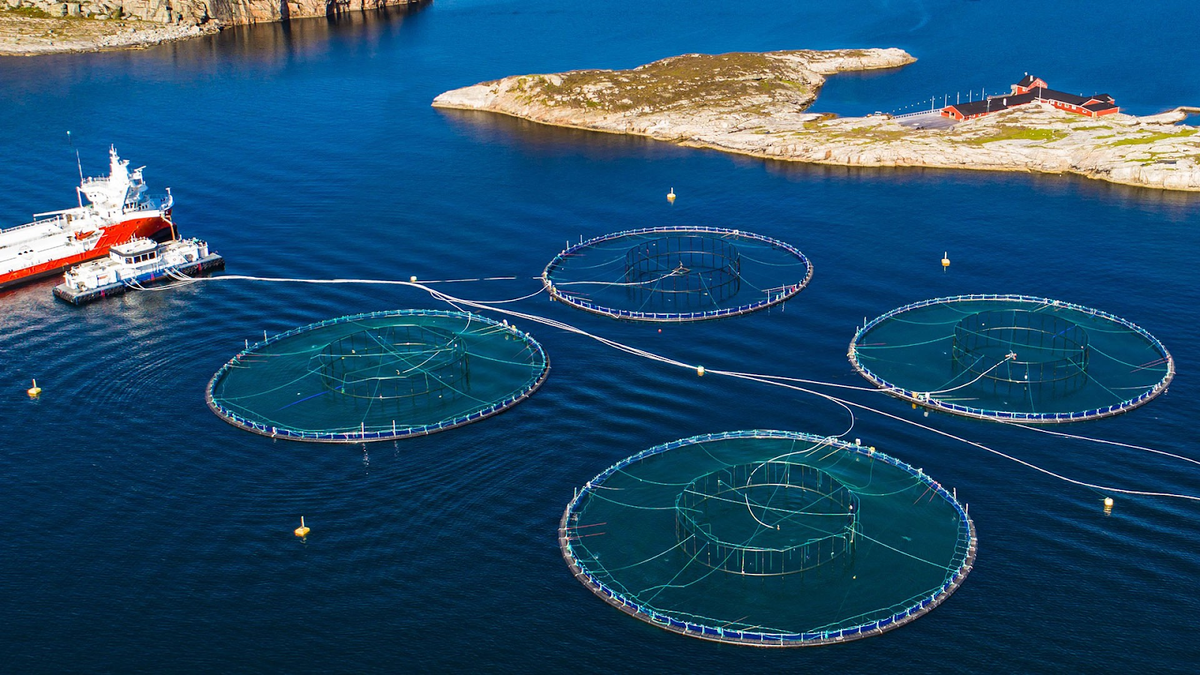Aquaculture, the farming of aquatic organisms such as fish, shellfish, and seaweed, has become an essential component of global food production. With the world’s population continuing to grow, the demand for seafood is increasing, putting pressure on wild fish stocks. Sustainable aquaculture offers a solution to meet this demand while providing numerous benefits to ecosystems. This article explores how sustainable aquaculture practices can enhance environmental health, promote biodiversity, and support local communities.
Reducing Pressure on Wild Fish Stocks
One of the primary benefits of sustainable aquaculture is its ability to alleviate the pressure on wild fish populations. Overfishing has led to the depletion of many fish species, disrupting marine ecosystems and threatening biodiversity. By providing an alternative source of seafood, Sustainable Aquaculture reduces the need to harvest wild fish, allowing populations to recover and ecosystems to stabilize. This balance is crucial for maintaining healthy oceans and ensuring the longevity of marine resources.
Enhancing Water Quality
Sustainable aquaculture practices are designed to minimize environmental impacts, particularly concerning water quality. Traditional aquaculture methods can lead to water pollution due to the accumulation of waste, excess feed, and chemicals. In contrast, sustainable practices employ techniques such as integrated multi-trophic aquaculture (IMTA), where different species are farmed together to create a balanced ecosystem. For example, fish can be farmed alongside shellfish and seaweed, which naturally filter and clean the water. This approach not only reduces pollution but also enhances water quality, benefiting the surrounding marine environment.
Promoting Biodiversity
Biodiversity is vital for ecosystem resilience and function. Sustainable aquaculture can contribute to the conservation of biodiversity by providing habitat and breeding grounds for various species. For instance, shellfish farms create complex structures that offer shelter and food for a range of marine organisms, including juvenile fish, crustaceans, and invertebrates. Similarly, seaweed farms provide habitat for numerous marine species, promoting a diverse and vibrant ecosystem. By fostering these habitats, sustainable aquaculture supports the health and diversity of marine life.
Supporting Coastal Communities
Many coastal communities around the world rely on fishing for their livelihoods. However, overfishing and environmental degradation have threatened their way of life. Sustainable aquaculture offers an alternative source of income and food security for these communities. By adopting sustainable practices, fish farmers can ensure a stable and long-term supply of seafood without depleting natural resources. Additionally, sustainable aquaculture can create job opportunities and stimulate local economies, contributing to the social and economic well-being of coastal regions.
Mitigating Climate Change
Climate change poses a significant threat to marine ecosystems, with rising sea temperatures, ocean acidification, and changing weather patterns impacting marine life. Sustainable aquaculture can play a role in mitigating these effects. For example, seaweed farming absorbs large amounts of carbon dioxide, helping to reduce greenhouse gas concentrations in the atmosphere. Seaweed also absorbs excess nutrients from the water, combating eutrophication and its harmful effects on marine ecosystems. By promoting practices that enhance the resilience of marine environments, sustainable aquaculture can help buffer the impacts of climate change.
Innovative Technologies and Practices
The advancement of technology has enabled the development of innovative and sustainable aquaculture practices. Recirculating aquaculture systems (RAS) are a prime example, where water is continuously filtered and reused, significantly reducing water usage and waste discharge. This closed-loop system not only minimizes environmental impact but also allows for better control over water quality and fish health. Another innovation is the use of feed alternatives, such as insect protein and algae, which reduce the reliance on wild-caught fish for feed and lessen the ecological footprint of aquaculture operations.
Improving Food Security
Sustainable aquaculture contributes to global food security by providing a reliable source of nutritious seafood. Fish and shellfish are rich in essential nutrients, including omega-3 fatty acids, vitamins, and minerals, which are crucial for human health. As the global population grows, the demand for protein sources will increase. Sustainable aquaculture can meet this demand while ensuring that seafood is produced in an environmentally responsible manner. By diversifying food sources and reducing dependence on wild fisheries, sustainable aquaculture helps secure a stable and sustainable food supply for future generations.
Conservation and Restoration Efforts
Sustainable aquaculture can also support conservation and restoration efforts. Some aquaculture projects focus on the breeding and release of endangered or threatened species, helping to boost their populations in the wild. Additionally, sustainable practices can be integrated with habitat restoration projects, such as the restoration of mangroves, seagrasses, and coral reefs. These habitats are crucial for marine biodiversity and act as natural buffers against coastal erosion and extreme weather events. By aligning aquaculture with conservation goals, we can enhance the health and resilience of marine ecosystems.
Conclusion
Sustainable aquaculture presents a promising solution to the challenges facing our oceans and the global demand for seafood. By reducing pressure on wild fish stocks, enhancing water quality, promoting biodiversity, supporting coastal communities, mitigating climate change, and improving food security, sustainable aquaculture offers a multifaceted approach to ecosystem health. Embracing innovative technologies and practices, along with a commitment to environmental stewardship, can ensure that aquaculture not only meets human needs but also contributes to the well-being of our planet’s marine ecosystems. Through sustainable aquaculture, we can achieve a harmonious balance between food production and environmental conservation, paving the way for a more sustainable and prosperous future.



